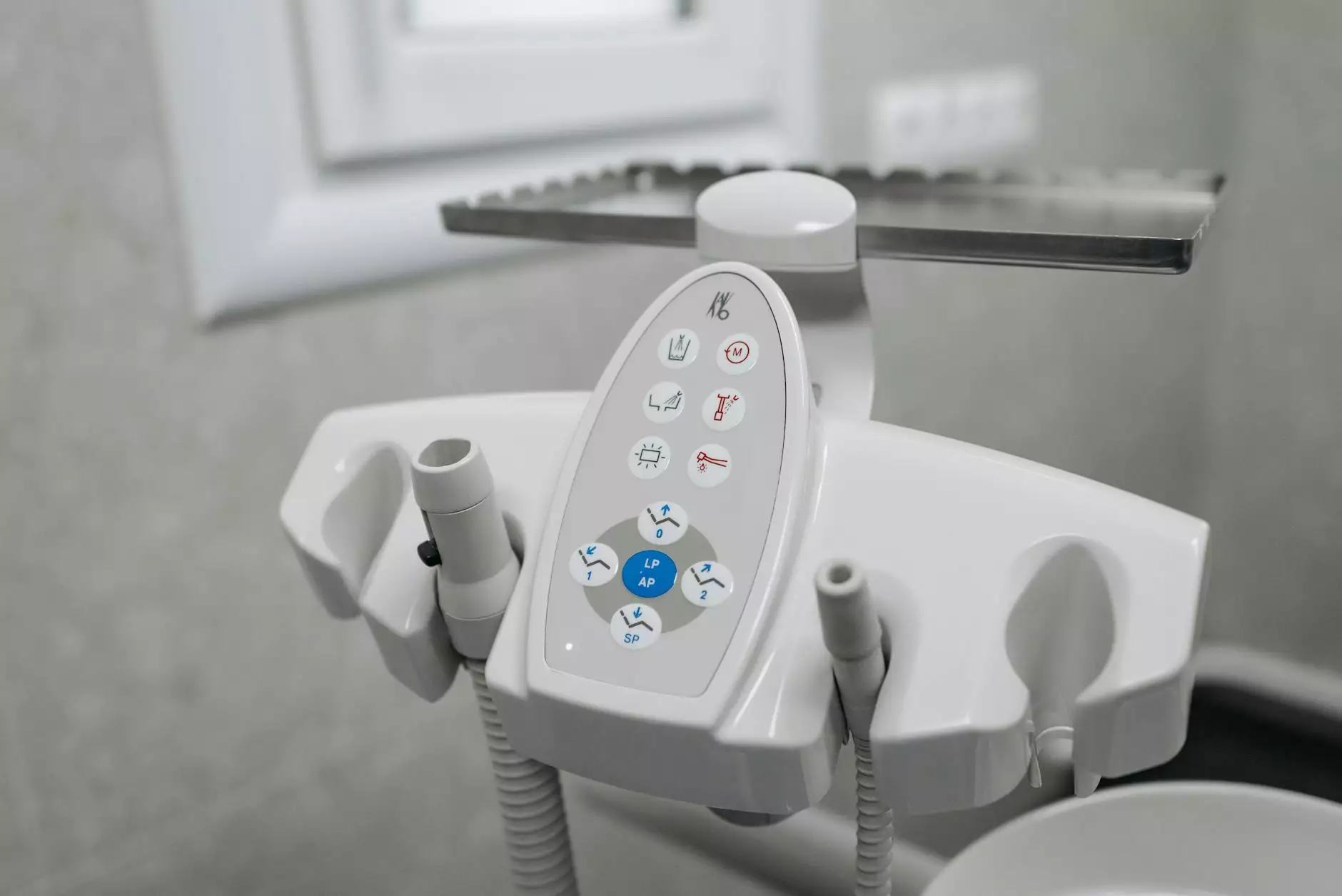Lung Cancer CT Scan: Understanding its Importance in Diagnosis and Treatment

Lung cancer remains one of the leading causes of cancer-related deaths worldwide. The early detection and accurate diagnosis of lung cancer can significantly improve the prognosis for patients. This article delves into the role of lung cancer CT scans in the diagnostic process, treatment planning, and ongoing patient management.
What is a Lung Cancer CT Scan?
A lung cancer CT scan, also known as a computed tomography scan, is a medical imaging technique that uses X-rays to create detailed cross-sectional images of the lungs. These scans are crucial in identifying lung tumors, determining their size, location, and whether they have spread to nearby tissues or lymph nodes.
The Importance of Early Detection
Early detection of lung cancer significantly improves treatment outcomes and survival rates. Here are several reasons why a lung cancer CT scan is essential:
- High Sensitivity: CT scans have a higher sensitivity compared to traditional X-rays, allowing for the detection of smaller tumors that may not be visible otherwise.
- Detailed Imaging: They provide detailed images that help in assessing the tumor characteristics, such as its exact size and shape.
- Screening High-Risk Populations: Low-dose CT scans are recommended for high-risk individuals, such as long-term smokers, to catch lung cancer at its earliest stages.
The Process of a Lung Cancer CT Scan
The process for obtaining a lung cancer CT scan is straightforward and typically involves the following steps:
- Preparation: Patients may be asked to avoid eating or drinking for a few hours prior to the scan.
- IV Contrast: In some cases, an intravenous (IV) contrast dye may be injected to enhance the images.
- Scanning: The patient lies on a moveable table that slides into the CT scanner. The scanner then rotates around the patient, capturing images from multiple angles.
- Duration: The entire procedure usually takes about 30 minutes.
Understanding the Results of a Lung Cancer CT Scan
After the CT scan is completed, radiologists analyze the images for any abnormalities that may suggest lung cancer. Key aspects that they look for include:
- Nodules: Small growths that may be benign or malignant.
- Masses: Larger growths that often require further investigation through biopsies.
- Metastasis: Indications of whether cancer has spread to other organs.
Follow-Up Procedures
Following the lung cancer CT scan, if any suspicious areas are identified, further diagnostic tests may be required. This could involve:
- Biopsies: To obtain tissue samples for a definitive diagnosis.
- Additional Imaging: MRI or PET scans may be ordered for a more thorough examination.
- Consultations: Referrals to oncologists for specialized treatment planning.
Role of Lung Cancer CT Scans in Treatment Planning
Once a diagnosis of lung cancer is confirmed, the CT scan plays a pivotal role in developing an appropriate treatment strategy. This includes:
- Surgical Planning: Determining the feasibility of surgical resection based on tumor size and location.
- Radiation Therapy: Planning the precise areas for targeting cancer cells during radiation treatment.
- Monitoring Response: Evaluating how well the tumor responds to chemotherapy or targeted therapies through follow-up imaging.
Frequently Asked Questions (FAQs)
1. How often should I get a lung cancer CT scan?
The frequency of lung cancer CT scans depends on personal risk factors, family history, and recommendations from healthcare providers, especially for high-risk groups.
2. Are there any risks associated with a CT scan?
While CT scans involve exposure to radiation, the risks are generally outweighed by the benefits of accurate diagnosis, particularly in high-risk individuals.
3. What should I expect after the scan?
Patients can typically resume normal activities immediately after a CT scan, especially if no contrast dye is used. Results will be discussed with the physician during a follow-up appointment.
Final Thoughts
Lung cancer CT scans are an invaluable tool in modern healthcare, facilitating early detection, accurate diagnosis, and effective treatment planning. As research continues to advance, the importance of timely intervention in lung cancer cases cannot be overstated. For individuals at high risk, regular screenings can be life-saving.
For more information on health-related assessments, sports medicine, and physical therapy, visit hellophysio.sg, where we strive to provide the highest quality of care and expertise.









